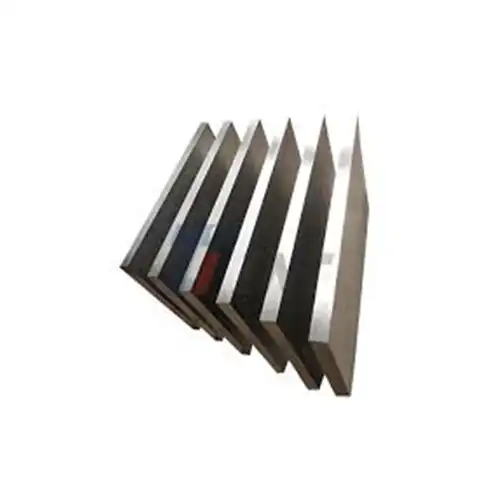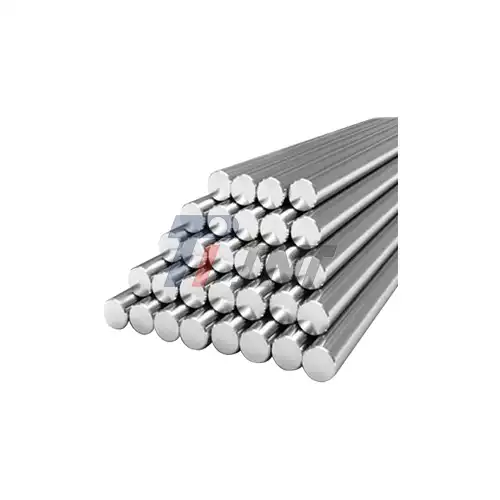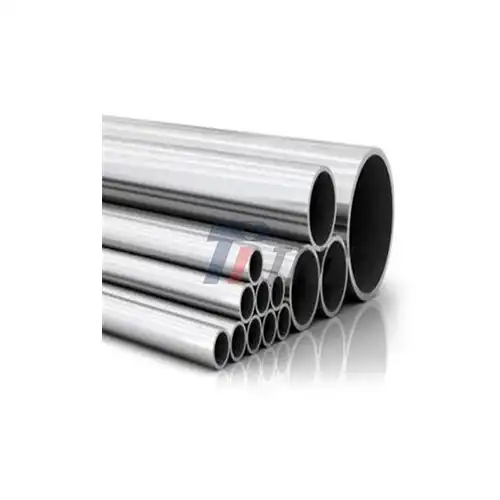The Evolution of Facial Fracture Treatment: From Traditional Methods to Titanium Innovations
The field of facial fracture treatment has undergone a remarkable transformation over the years. Traditional methods often involved wiring jaws shut or using bulky, non-biocompatible materials that could lead to complications and prolonged recovery times. The introduction of titanium plates has marked a significant leap forward in this medical domain.
Titanium's unique properties make it an ideal material for facial fracture repair. Its excellent biocompatibility ensures that the body accepts the implant with minimal risk of rejection or adverse reactions. This aspect is crucial in facial surgeries where the aesthetic outcome is as important as the functional one.
Advantages of Titanium Plates in Facial Reconstruction
The advantages of using titanium plate for facial fracture is multifaceted. Their lightweight nature reduces the burden on healing tissues while providing the necessary strength to support bone alignment. The durability of titanium ensures that the plates can withstand the daily stresses of facial movements without fatigue or failure.
Moreover, the corrosion-resistant properties of titanium plates make them suitable for long-term use in the human body. Unlike some other materials, titanium does not degrade over time, maintaining its structural integrity and reducing the need for revision surgeries.
Impact on Surgical Techniques and Patient Outcomes
The advent of titanium plates has also revolutionized surgical techniques in facial reconstruction. Surgeons can now perform more precise and less invasive procedures, leading to reduced operating times and faster patient recovery. The flexibility in design allows for custom-fit plates that conform perfectly to the patient's facial anatomy, resulting in better alignment and more natural-looking results.
Patient outcomes have significantly improved with the use of titanium plates. The reduced risk of complications, shorter hospital stays, and improved aesthetic results contribute to higher patient satisfaction rates. Additionally, the quicker return to normal activities has positive psychological impacts on patients recovering from facial trauma.
Technical Advancements in Titanium Plate Manufacturing for Facial Fractures
The manufacturing process of titanium plates for facial fractures has seen remarkable advancements, contributing to their effectiveness in orthopedic treatments. These improvements have focused on enhancing the plates' strength, reducing their profile, and increasing their adaptability to various facial structures.
Precision Engineering and Quality Control
Modern titanium plates are crafted with high-precision engineering techniques. Computer-aided design (CAD) and computer-aided manufacturing (CAM) technologies allow for the creation of plates with intricate designs that perfectly match the contours of facial bones. This level of precision ensures optimal fit and function, crucial for successful facial reconstruction.
Quality control measures in the manufacturing process of titanium plate for facial fracture have also evolved. Rigorous testing protocols ensure that each plate meets the highest standards of strength and durability. For instance, all products undergo stringent quality checks and have passed ISO9001:2015, ISO13485:2016, and EU CE safety certifications, guaranteeing their reliability in critical medical environments.
Innovations in Material Science
Advancements in material science have led to the development of titanium alloys specifically designed for medical implants. These alloys, such as Ti6Al4V ELI (Extra Low Interstitial), offer an optimal balance of strength, weight, and biocompatibility. The high strength-to-weight ratio of these materials allows for the creation of thinner, more flexible plates that still provide robust support for facial fractures.
Furthermore, surface treatment technologies have been developed to enhance the osseointegration properties of titanium plates. Techniques such as plasma spraying or acid etching create micro-textures on the plate surface, promoting better bone adhesion and faster healing.
Clinical Applications and Future Prospects of Titanium Plates in Facial Fracture Treatment
The versatility of titanium plates has expanded their applications across various types of facial fractures. From simple nasal fractures to complex maxillofacial reconstructions, these plates have proven their efficacy in numerous clinical scenarios.
Diverse Applications in Facial Reconstruction
Titanium plates are now widely used in treating fractures of the mandible, maxilla, zygomatic arch, and orbital floor. Their customizable nature allows surgeons to address even the most challenging cases of facial trauma. For instance, in cases of comminuted fractures where multiple bone fragments need to be stabilized, titanium plates can be shaped to provide comprehensive support while maintaining facial aesthetics.
The use of titanium plates has also revolutionized corrective surgeries for congenital facial deformities. Their ability to be customized allows for precise correction of skeletal abnormalities, leading to improved functional and aesthetic outcomes.
Emerging Trends and Future Developments
The field of facial fracture treatment using titanium plate for facial fracture continues to evolve. Current research is focused on developing bioresorbable titanium alloys that can provide temporary support and then gradually dissolve as the bone heals. This innovation could eliminate the need for implant removal surgeries, further reducing patient discomfort and healthcare costs.
Another exciting area of development is the integration of 3D printing technology in titanium plate manufacturing. This allows for the creation of highly personalized implants based on patient-specific CT scans, ensuring an exact fit and optimal functional results.
Researchers are also exploring the potential of coating titanium plates with growth factors or antibiotics to promote faster healing and reduce the risk of post-operative infections. These advancements promise to further enhance the efficacy and safety of titanium plates in facial fracture treatment.
Conclusion
The revolution brought about by titanium plate for facial fracture represents a significant leap forward in orthopedic care. Their unique combination of biocompatibility, strength, and adaptability has set new standards in patient treatment and outcomes. As technology continues to advance, we can expect even more innovative applications of titanium in facial reconstruction, further improving the quality of care for patients with facial trauma or deformities.
For those interested in learning more about cutting-edge medical titanium products, including titanium plates for facial fractures, Baoji INT Medical Titanium Co., Ltd. offers a comprehensive range of high-quality solutions. With over 30 years of experience in research, development, and production of titanium materials, INT is at the forefront of this medical revolution. For more information or to discuss specific needs, please contact us at export@tiint.com.










 2025-08-19 09:51:02
2025-08-19 09:51:02



_1750668839491.webp)
_1750668472070.webp)
_1750663253486.webp)
_1750662435585.webp)
_1749191822714.webp)
